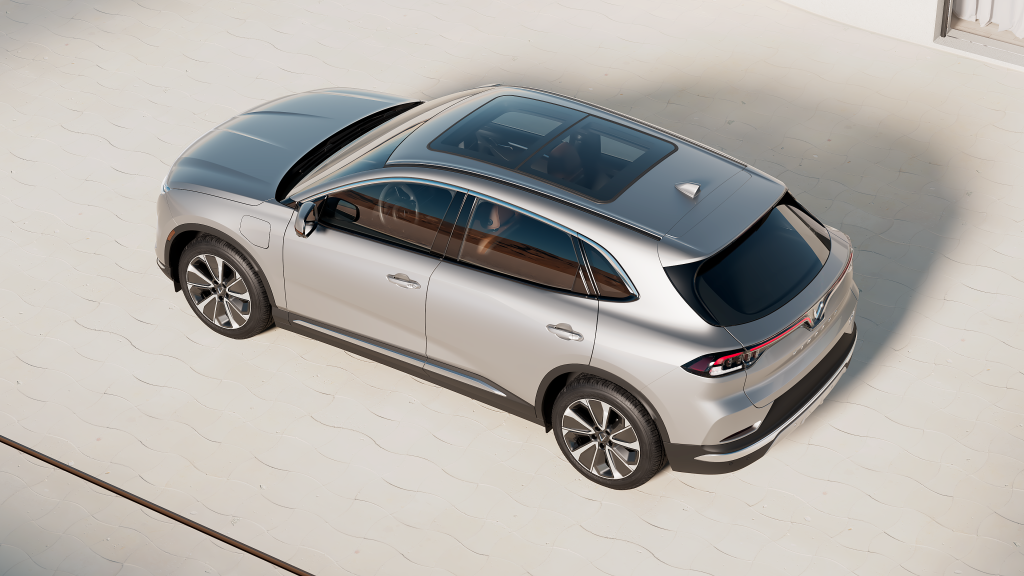Is It Harmful To Leave Your EV Plugged in All the Time?
Leaving an electric vehicle (EV) plugged in all the time is generally not harmful to the battery, but following the manufacturer’s guidelines for charging and storage can help maximize the battery’s lifespan. Most modern EVs have sophisticated battery management systems (BMS) that ensure that the battery is charged optimally and help avoid overcharging or undercharging. However, there are some factors that can affect the battery’s lifespan if the EV is left plugged in all the time. For example, exposing the battery to extreme temperatures (both hot and cold) for extended periods can degrade the battery’s health over time. Similarly, exposing the battery to high levels of charge (eg charging to 100% capacity frequently) can also impact its overall lifespan. To minimize impact, follow the manufacturer’s guidelines for charging and storage. Some manufacturers suggest keeping the battery between 20–80% capacity to optimize its lifespan. Additionally, if the EV is going to be stored for an extended period (ie several weeks),leave the battery level at ~50%. How Do EVs Prevent Their Batteries from Being Overcharged? A BMS is a crucial component in an EV that manages the battery pack’s performance, safety and health. It’s responsible for monitoring and controlling various aspects of…






